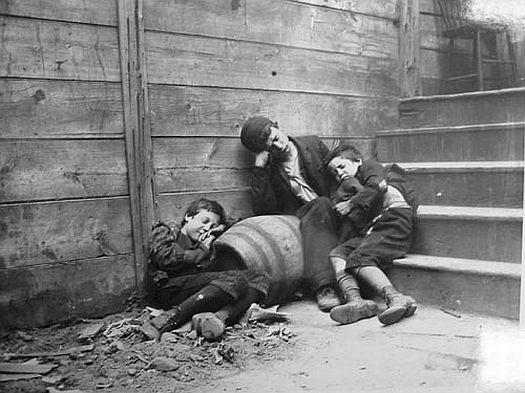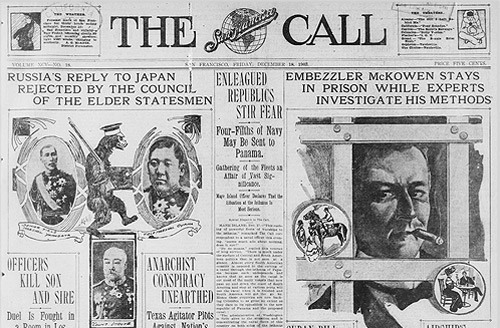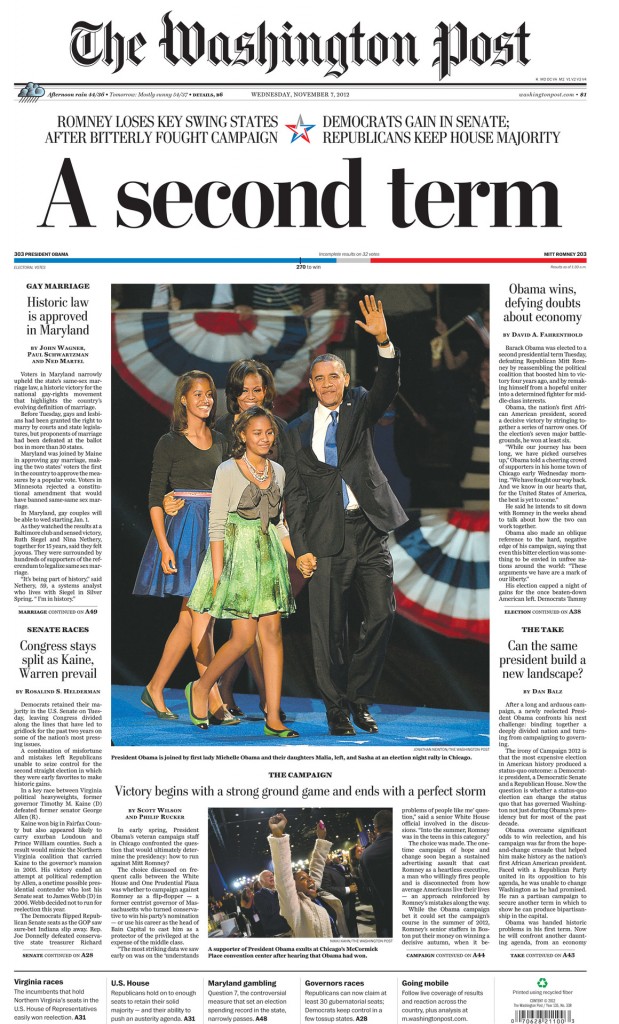About the Author:
The author of “Visions of a New Reality: The City and Emergence of Modern Visual Culture” is Frederic Stout, which was published in 1999. Frederic Stout served as the first director of the Program on Urban Studies at Stanford University and has been a lecturer in that Program ever since. Moreover, he was educated at Harvard College, the University of Maryland, and the Harvard Graduate School of Arts and Sciences. He taught history, urban planning theory, and urban culture studies at the University of California, Davis, New College of California, and San Francisco State University.
Stout is the co-author/co-editor of The City Reader, the most widely adopted textbook-anthology in the field of Urban Studies. The City Reader is now in its fifth edition, and a Chinese edition will be published soon by Commercial Press, Beijing.
Summary of the Chapter:
The author, Frederic Stout, analyzes the relationship between urbanization and visual culture. The chapter talks about the use of visual expression in various forms of communication. It showcases the different forms of expression that reflect the social or economic reality in each period of time.
The main idea of this chapter is that art, literature, and different forms of expression are not random and can create a difference or send a message to the people around.
The chapter starts off with the industrial revolution, and how photographs can raise awareness and portray the life of the laborers. The photographs of laborers, not only show the lifestyle of adult workers, but also young kids in the most horrible scene (refer to picture on the right).
Kids as labors: sleeping on the streets
Stout later on explains how different types of mediums in the hands of different people will have different outcomes. For example, photography in the hands of journalists may result in a powerful accurate kind of documentary record, but in the hands of social activists, the photographs will portray passion and outrage. Then again, photography in the hands of popular masses create memories.
The author also analyzes the historical evolution of this visual culture, as seen in the images below showcasing the evolution of newspapers.
Example of Pictures that started the Revolution
Evolution of News Papers:
- Newspaper “The Call” included hand drawn images to express the news.
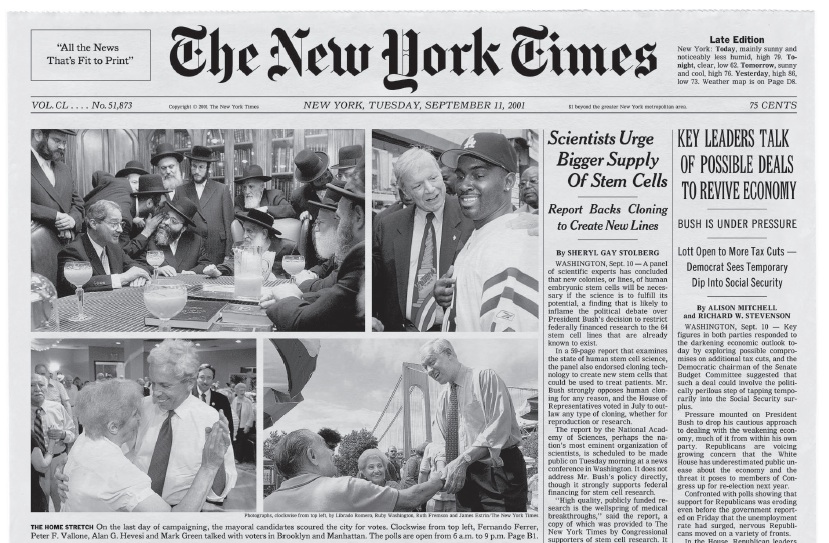 2. Newspapers later evolved by adding photographs, which was seen as more expressive than hand drawn pictures
2. Newspapers later evolved by adding photographs, which was seen as more expressive than hand drawn pictures
3. Nowadays, newspapers can be read directly from the internet.
Predicting the Future:
From hand drawn images to photographs, a new genre of visual representation immerged: called cinema. The cinema of course, has different outcomes, a special outcome is the movie, Metropolis. Metropolis, directed by Fritz Lang shows how he visualizes the future cities will be like. The plot of the movie presents a highly stylized futuristic city where a beautiful and cultured utopia exists above a bleak underworld populated by mistreated workers.
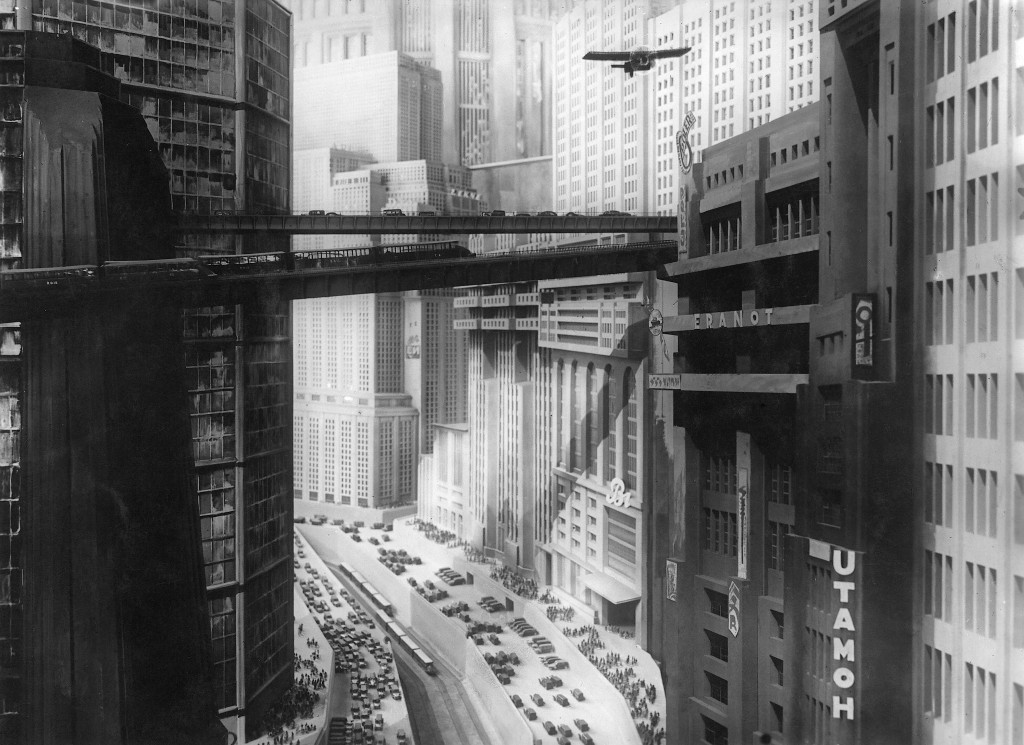
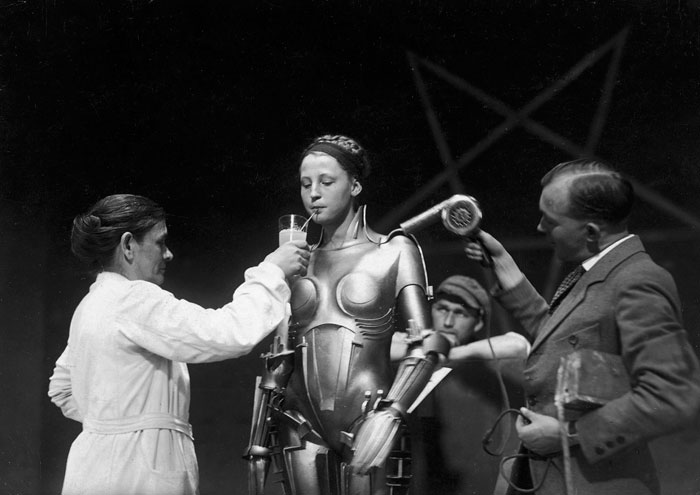 Metropolis, the movie by director Fritz Lang, showcasing the future and how it will be like from his perspective
Metropolis, the movie by director Fritz Lang, showcasing the future and how it will be like from his perspective
Relation to Doha, Qatar:
Similarly, in Doha people started to talk about the labors and how the media affected the people of Qatar and its authorities to make a change and the way the laborers are being treated is not acceptable. The link below talks about the workers and their struggles.
http://www.theguardian.com/world/2014/dec/23/qatar-nepal-workers-world-cup-2022-death-toll-doha
The authorities in Qatar took this into consideration and created a “Worker’s City” in Barwa. The link below explains the city in more detail.
http://dohanews.co/workers-city-to-be-partially-completed-this-spring-barwa-official-says/
The media also placed Qatar on the map, where it was the first country in the region to host the 2022 World Cup.
Published By:Raghad AlRashidi
References:
LeGates, R. (2000). The city reader (5th ed.). London: Routledge.
http://ibis.geog.ubc.ca/~ewyly/u200/stout.pdf


